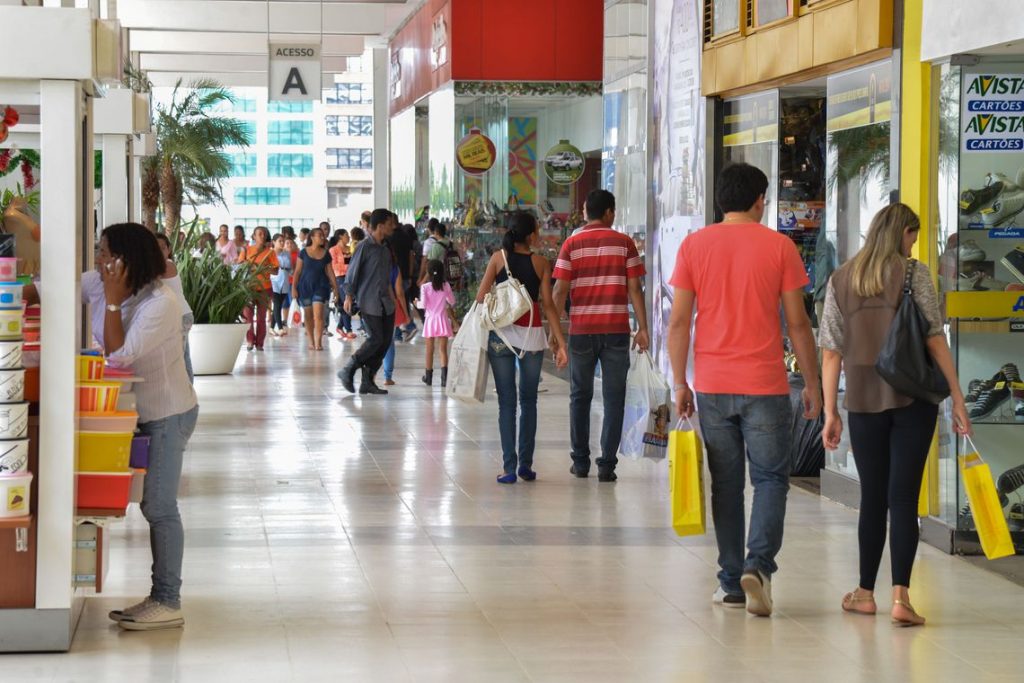RIO DE JANEIRO, BRAZIL – The percentage of indebted families rose 0.5 points over November, to 65.6 percent in December, according to the Consumer Indebtedness and Default Survey (PEIC), released on Thursday, January 9th, by the National Confederation of Commerce of Goods, Services and Tourism (CNC).
In relation to November 2018, when the percentage of families with debts stood at 59.8 percent, the recorded increase was 5.8 points.

This is the highest level of PEIC’s historical series, which began in January 2010. Although it may signal excessive indebtedness, the PEIC’s December reading cannot be considered negative because the levels of default have remained good, said the CNC in a note.
In the transition from November to December 2019, there was a drop both in the percentage of families with bills or debts in arrears (from 24.7 percent to 24.5 percent) and in the proportion of families that declared they could not afford to pay their bills or debts in arrears and would, therefore, remain in default (from 10.2 percent to 10.0 percent).
Nevertheless, both indicators were much higher than in December 2018. The percentage of households with bills or debts in arrears was 22.8 percent in December 2018, while the proportion of households that declared themselves unable to pay their bills or debts in arrears stood at 9.2 percent.
The level of income commitment to debts also reduces the risk of excessive indebtedness. In December, families committed 29.7 percent of their income to debt, on average, compared to 29.9 percent in November. It was the lowest level since June 2019 – in December 2018, the average level of income commitment was 29.3 percent.

